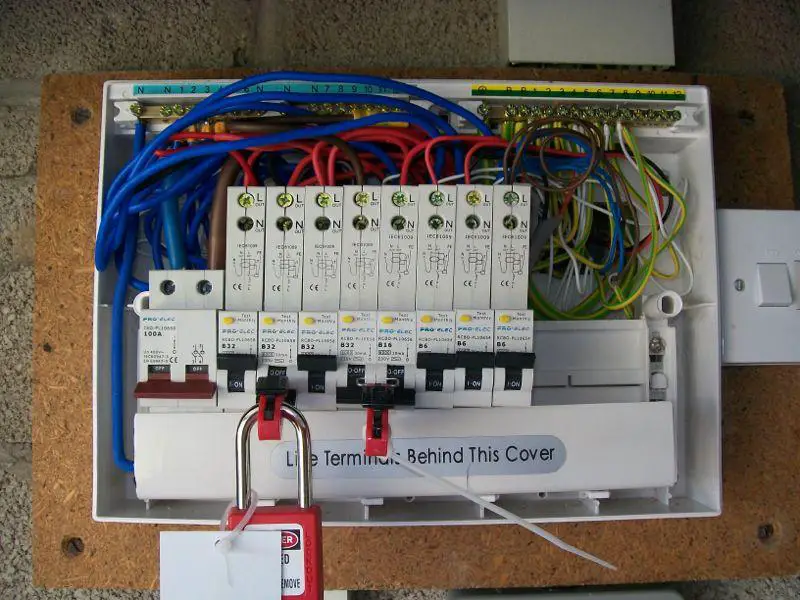Apologies to those of you at whom this really isn't aimed.
Finished wiring up extra sockets in my mates kitchen at the weekend (of course, neither planned nor started before April ). Before fitting the last one, did continuity tests round the ring ...
). Before fitting the last one, did continuity tests round the ring ...
rn - 0R29
r1 - 0R60
Hmm, that's not right. But where to start looking ?
So I thought, lets look at the one connection I've not been into - the ring ends in the CU. And lo, find one of the live ends isn't firmly fastened in the breaker - it pulled out by hand. So popped the ends out and refitted them. But while it'm tugging to get that extra mm of cable*, see the live of the cooker circuit lift out of it's terminal I'll add that the cooker circuit had acceptable R1+R2 when I checked it a couple of weeks ago.
I'll add that the cooker circuit had acceptable R1+R2 when I checked it a couple of weeks ago.
* It was a CU replacement a year or so ago, and some of the tails weren't "generous" in length. Paid a professional sparky to fit it as cheaper than LABC fees.
Of course, the CU is so neatly done that it's a joy to work in
Finished wiring up extra sockets in my mates kitchen at the weekend (of course, neither planned nor started before April
rn - 0R29
r1 - 0R60
Hmm, that's not right. But where to start looking ?
So I thought, lets look at the one connection I've not been into - the ring ends in the CU. And lo, find one of the live ends isn't firmly fastened in the breaker - it pulled out by hand. So popped the ends out and refitted them. But while it'm tugging to get that extra mm of cable*, see the live of the cooker circuit lift out of it's terminal
* It was a CU replacement a year or so ago, and some of the tails weren't "generous" in length. Paid a professional sparky to fit it as cheaper than LABC fees.
Of course, the CU is so neatly done that it's a joy to work in


